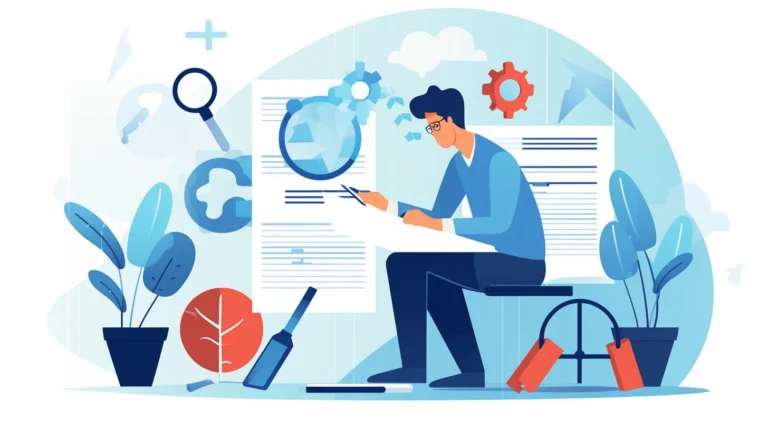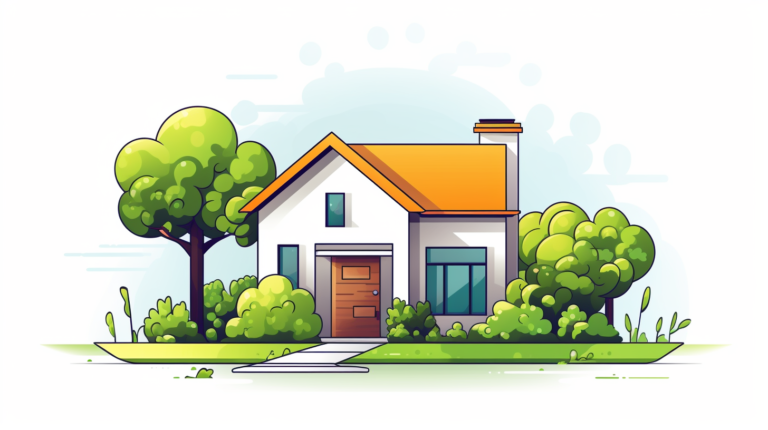The True Cost of No Insurance
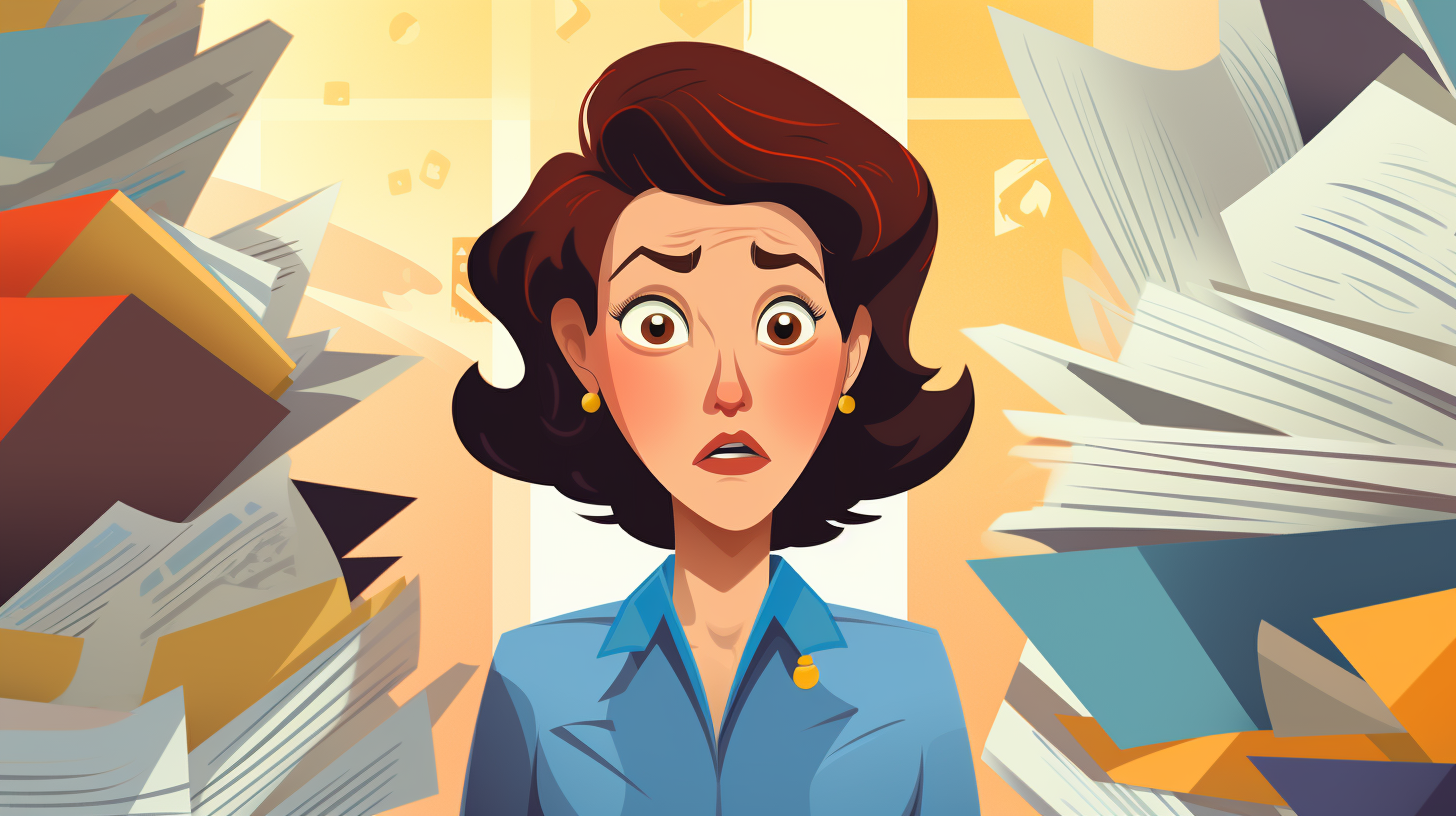
Are you sitting on pins and needles, fretting about the potential repercussions of living a life sans insurance? Trust me, you’re not alone in this. A study by KFF (Kaiser Family Foundation) points out that an astonishing 30 million Americans are currently sailing in the same boat – uninsured and uncertain about what lies ahead.
In this blog post, we are going to crack open the real costs involved when one is uninsured – from jeopardizing your health safety net to unforeseen financial predicaments. Are you braced for a revelation? Come onboard!
Key Takeaways
- Insurance is like a safety net. It helps when bad things happen.
- There are many people without insurance in the U.S. They may not have much money and often don’t get health care.
- Not having insurance can cost a lot of money if you get sick or have an accident. This can lead to debt.
- Car depreciation, repair costs, and damages raise the true price of owning a car without insurance.
Understanding Insurance
Insurance is like a safety net. It helps you when bad things happen. For example, if you get sick, health insurance can help pay for doctor visits and medicine. If your car gets hit, auto insurance helps pay for the damage.
You have to buy insurance before you need it. You also have to pay for it every month or year even if nothing bad happens. The money you spend on insurance goes into a big pool with everyone else’s money.
This pool of money is used to help anyone who needs it in case of an accident or sickness.
It’s important to note that not all types of insurances are the same! Each kind has its rules about what they will cover and how much they will give you. Some kinds may not cover certain costs at all! That is why we need to read and understand our options before getting any type of coverage.
Another thing, being uninsured can be risky! There could be huge bills if something bad happens while one does not have any coverage.
The Uninsured Population: A Snapshot

In this section, we’ll dive into a detailed overview of the uninsured population, painting a clear picture of their numbers and unique characteristics to better grasp the current situation.
Number of Uninsured Individuals
A lot of people do not have insurance. This is called the uninsured population. There are many reasons for this. Some do not have enough money to buy it. Others may not know they need it or how to get it.
Every year, the Kaiser Family Foundation (KFF) counts these individuals without insurance. The data from KFF shows that there are millions of them in our country! They also tell us who these people are and why they don’t have coverage.
Characteristics of the Uninsured Population
Many people in the U.S. do not have health insurance. These folks make up the “uninsured population“. This group has unique traits that set them apart.
One key trait is low income. Often, they earn less than families who can afford coverage or qualify for help like Medicaid or Marketplace plans under ACA. Another important fact: many are adults with no kids living at home.
They may work in jobs where their bosses don’t offer health benefits.
A large part of this uninsured group is made up of younger adults (people 19 – 34). Also, there’s a high count of Hispanic and Black individuals compared to whites.
Immigrant status matters too here — a lot of uninsured folks were born outside the U.S. Insurance cost can be tough for them if they’re undocumented immigrants without legal papers to stay here.
Their lack of health care access poses big problems as well, making medical bills unaffordable and causing debt when sick times come round.
Reasons for Being Uninsured
Some people do not have insurance because it costs too much. Health insurance usually has a monthly cost called a premium. For some, this price is just too high.
There are also those who may not know why they need insurance. This lack of grasp can make people skip getting coverage. Lastly, going without needed health care due to its expense is more common among the uninsured.
Skipping preventive care like tests and check-ups happens often when you’re uninsured. Because of this, serious illnesses might go unnoticed until it’s too late.
Consequences of Not Having Insurance
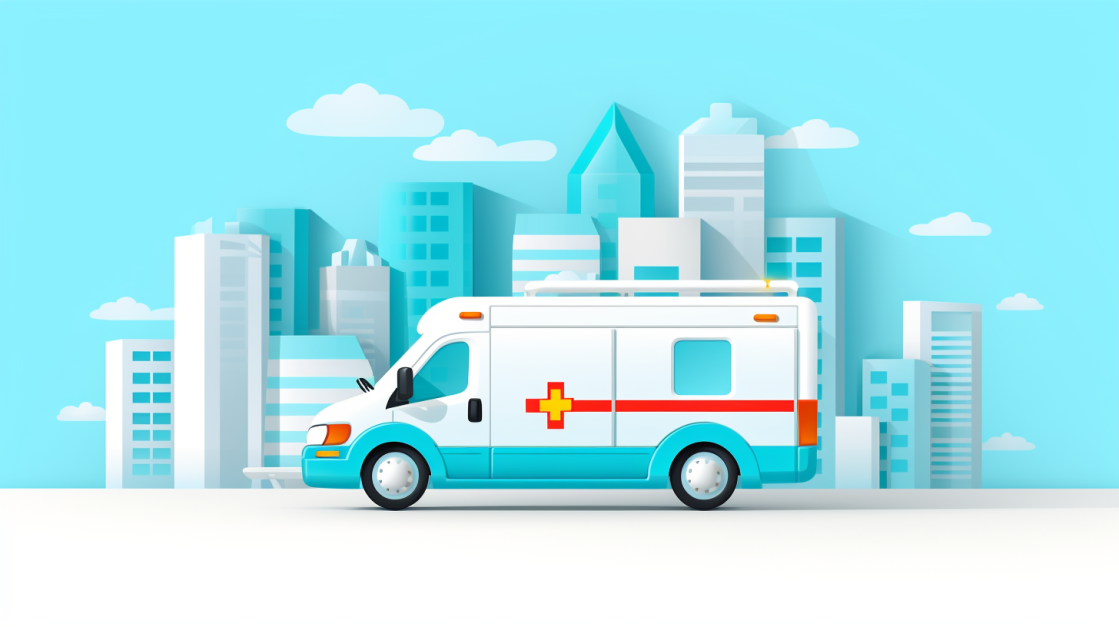
Being uninsured takes a toll on both accessibility to health care and financial stability. Imagine facing sky-high medical bills, delayed or unavailable treatment, and the constant fear of sudden health emergencies pushing you into debt.
Want to know more about what lies ahead in an uninsured life? Keep reading!
Impact on Health Care Access
Not having insurance makes it hard to get health care. Without it, people face barriers when they need medical help. They can’t afford tests or treatments that keep them healthy. The costs scare them away from seeing a doctor.
The lack of insurance also forces people to delay getting help for their health problems. These issues get worse over time because they aren’t treated right away. People without insurance often run to emergency rooms when sick.
This puts too much strain on these doctors and nurses and raises the cost of care for us all.
Financial Implications
Not having insurance can hit your wallet hard. If you get sick, the bills to fix it come out of your pocket. Paying for doctor visits, medicine, or stays at the hospital all by yourself is not easy.
The cost piles up fast and could lead to debt.
Missing work because of an illness or injury also costs money. No work means no pay in many jobs. This loss can make life even harder as it adds up with medical bills and daily needs like food and rent.
So, going without insurance ends up hurting more than just your health—it rattles your whole life.
The True Cost of Being Uninsured
The true cost of being uninsured is more than just dollar signs – it’s a barrier to life-saving healthcare, increased stress from unpaid medical bills and unattended chronic diseases.
Curious about the quantifiable effects? Dive in further as we unpack these costs.
Barriers to Health Care
Many people go without health care because they don’t have insurance. It’s hard to find a doctor if you can’t pay them. Sometimes, the only help is too far away. These are big problems in small towns and poor places.
Fear of high costs also stops people from getting care on time or at all. Even worse, large medical bills can ruin someone’s life with debt. This bad cycle then makes it even harder for them to see a doctor next time they get sick or hurt.
Problems Paying Medical Bills

Being uninsured puts you in a hard spot when you get sick. The bills for doctors, tests, and medicines are high. If you don’t have insurance to pay some of the cost, your bills might be more than what you earn each month! That means not having enough money for other things like food or rent.
Sometimes, people find out they owe lots of money after getting care at the hospital. This is called medical debt. It can make it tough to get loans or buy a house later on. And if the stress over bills gets too big, your health may suffer even more.
Many folks without insurance put off going to see a doctor because they fear these big bills.
Case Study: The Cost of Auto Insurance
Diving into the realm of auto insurance, we’ll explore how various factors feed into your ultimate cost and address common myths. Next up, delving deeper with real averages and snapshots of American budgets under the weight of car policies.
Intrigued? Stay tuned for a reality check on auto insurance costs!
Factors That Impact Auto Insurance Cost
The cost of auto insurance can be different for everyone. Several things play into that cost.
- Age: Younger drivers often pay more because they are less experienced.
- Driving Record: Having lots of tickets or accidents can raise your costs.
- Where You Live: If you live in a busy city, you might pay more than someone who lives in the country.
- The Car Type: Expensive or sporty cars usually cost more to insure.
- Your Credit Score: In most states, insurance companies use your credit score to help set your price.
Average Cost of Auto Insurance for Americans
When it comes to the average cost of auto insurance for Americans, the picture can be quite varied. This is due to factors such as age, driving record, and type of vehicle.
| Age | Average Auto Insurance Cost |
|---|---|
| Under 20 | $3,000 – $4,000 |
| 20 – 24 | $2,000 – $3,000 |
| 25 – 64 | $1,500 – $2,500 |
| 65 and older | $1,200 – $1,800 |
This table presents one aspect of the average cost of auto insurance. However, it’s important to keep in mind that these figures can be quite different depending on other factors, such as driving record and type of vehicle. With such potential financial implications, it’s clear that not having auto insurance can be a significant burden. This gives a sense of the market size and growth potential of the auto insurance industry, and their importance in the economy.
Importance of Insurance: Averting Potential Costs

Insurance can save you from big bills later on. Think about it: If we face any damage, loss, or risk, insurance will help us. It’s like a safety net that catches us if anything wrong happens out of the blue.
We don’t need to worry about not having enough money in times of need —insurance has got it covered.
No one likes to lose their hard-earned money due to unexpected events. With insurance, this worry vanishes too! It saves our finances and keeps them secure by covering the losses we might face without warning.
Now see how important insurance is? Without it, our pockets might feel quite light as we’d be paying for every little thing that goes south all by ourselves!
The Cost of Car Ownership Without Insurance
Keeping a car without insurance is a risky gamble that can lead to massive financial losses. When an uninsured driver gets into an accident, they’re responsible for all repair and medical costs out of pocket.
Also, let’s not forget about the possible legal penalties like fines, license suspension or even jail time depending on your state’s laws! Additionally, cars depreciate over time; you could lose thousands of dollars if your vehicle gets stolen or totaled.
Without insurance, there’s no protection against these potential obstacles which immensely increase the true cost of car ownership.
Car Depreciation
Your car loses value from the day you buy it. This is called car depreciation. The brand, age, and condition of your car are some things that can make it lose value faster. Some cars lose their worth much faster than others because people don’t want to buy them as much as they did before.
If you don’t have insurance and need to fix or replace your car, this dip in price hits harder on your pocket! So, not having insurance makes owning a car pricier over time due to how fast cars decrease in value combined with repair costs and damages.
Total Cost of Ownership
The total cost of car ownership is not just about the initial purchase price. There are multiple expenses that accrue over time, including maintenance, repairs, fuel, and in the event you choose to forgo insurance, potential out-of-pocket cost for accidents, damages, or theft.
| Cost Factor | Estimated Annual Cost |
|---|---|
| Depreciation | $2,500 |
| Maintenance and Repairs | $1,200 |
| Fuel | $1,500 |
| Uninsured Accident/Damage Costs | Variable (potentially high) |
Remember, these figures are averages and the actual cost can be significantly higher, especially if you run into the unfortunate scenario of an accident or severe damage to the vehicle without having insurance coverage. Furthermore, driving without insurance can lead to legal consequences, amplifying the true cost of car ownership. Always consider these elements when assessing the true cost of car ownership.
FAQs

In this section, we will tackle some of the most common questions people have concerning vehicular depreciation rates, the average cost of car ownership in its first year and how one can calculate car depreciation.
How much does a vehicle depreciate in a year?
In the first year, a car can lose 20% of its worth. This fall in price is called depreciation. Not all cars depreciate at the same speed. The make, model, and state of the car are important factors that affect how fast it loses value.
Depreciation makes owning a car cost more money over time. If you have insurance for your vehicle, this can help lower some costs linked to depreciation.
How much does it cost to own a new car after one year?
Owning a new car for one year can cost a lot. You need to think of the car’s price and other bills too. Every month, you pay for gas, repair work, and insurance. In the first year, your car will lose value quickly.
This is called depreciation. Many times, this is about 20% of the car’s price in just one year! So, if you bought a new car for $25,000 last year today its worth may be around $20,000 only.
Plus add up all those extra costs like gas and repairs and it becomes quite costly!
How do you calculate car depreciation?
I figure out car depreciation by looking at a few things. First, I think about how old my car is. Cars lose value as they get older. Then, I check the miles on my car. A higher number of miles makes the car worth less money.
The final thing I think about is the state of my car. If it has damage or isn’t working well, this also lowers its value. This is an easy way for me to see how much less prized my vehicle may be over time in case I decide to sell it one day.
Conclusion
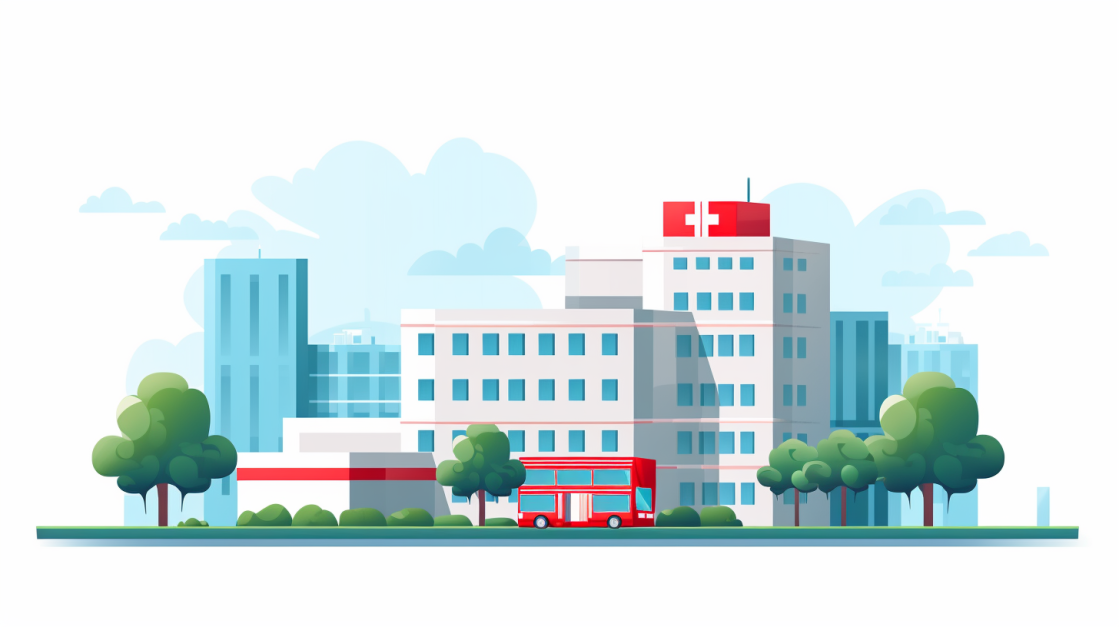 Having no insurance is not good. It makes health care too costly. This can stop people from getting the help they need. Everyone should have insurance to be safe and healthy.
Having no insurance is not good. It makes health care too costly. This can stop people from getting the help they need. Everyone should have insurance to be safe and healthy.
FAQs
1. What does the term “true cost of no insurance” mean?
The true cost of no insurance refers to consequences like health care disruptions or unaffordable medical bills faced by uninsured adults or families, especially poor adults and low-income households.
2. How can the Affordable Care Act (ACA) help uninsured people?
The ACA offers Medicaid coverage and marketplace coverage with enhanced subsidies making health coverage more accessible for those living under the Federal poverty level (FPL).
3. Who gives aid if I can’t afford health services while being uninsured?
Nonprofit hospitals sometimes offer charity care at a lower rate or free for patients without any insurance who cannot afford standard prices.
4. Does not having insurance impact my access to healthcare professionals?
Yes, lack of Health Insurance may limit your visits to heath providers thus impacting your access to quality Health care services including preventive care for chronic diseases or major health conditions.
5. Does being uninsured affect other parts of life outside of individual wellbeing?
Yes! Societal burden increases due to high uncompensated costs associated with treating uninsured individuals in situations like medical emergencies adding strain on public resources.
6.What is done about continuous enrollment for Medicaid Enrollees during COVID-19 Public Health Emergency(PHE)?
To prevent healthcare disruption, laws such as Families First Coronavirus Response Act(FFCRA) protected Continuous Enrollment For Medicaid enrollees from losing public coverage amidst PHE .

